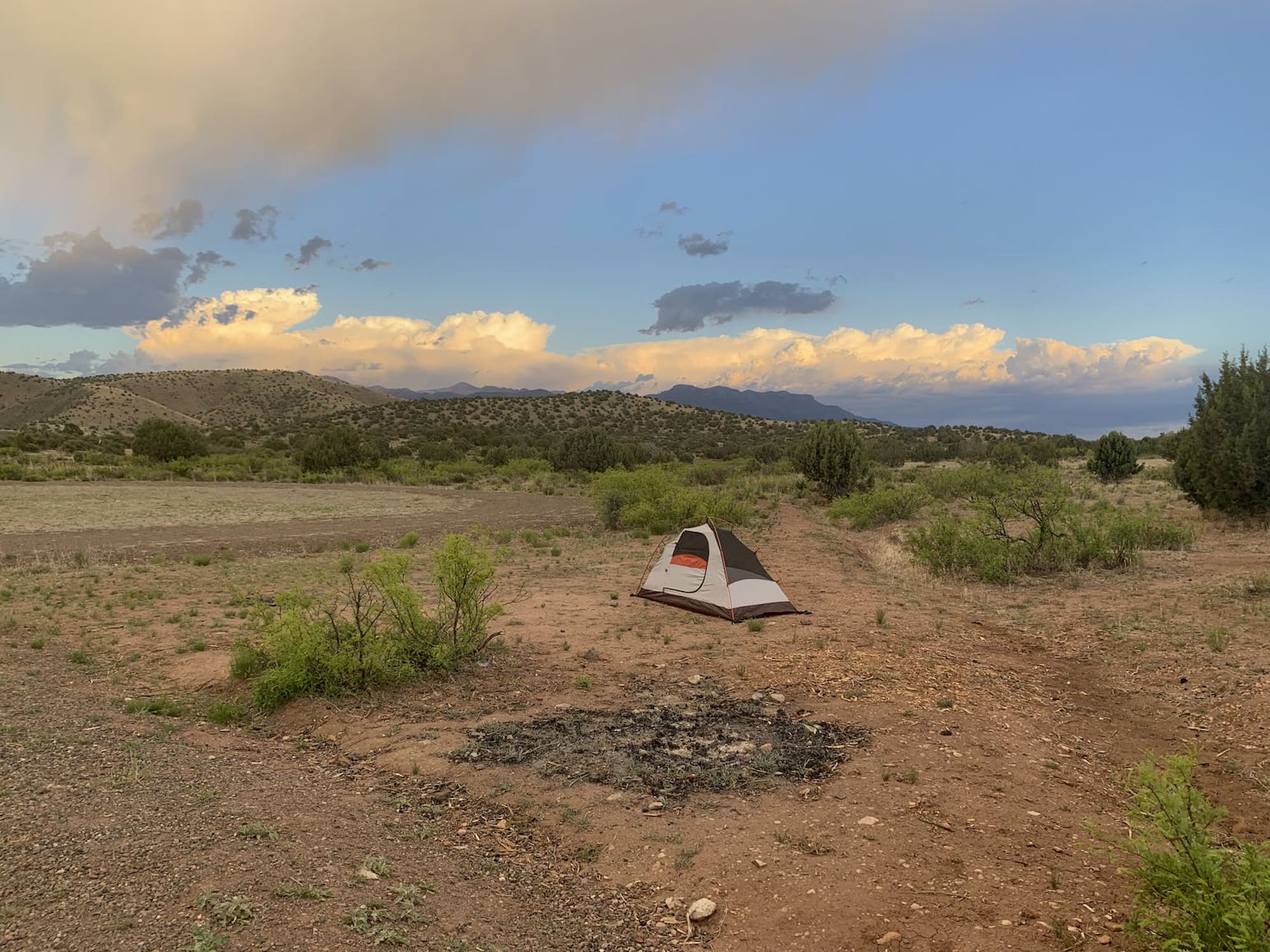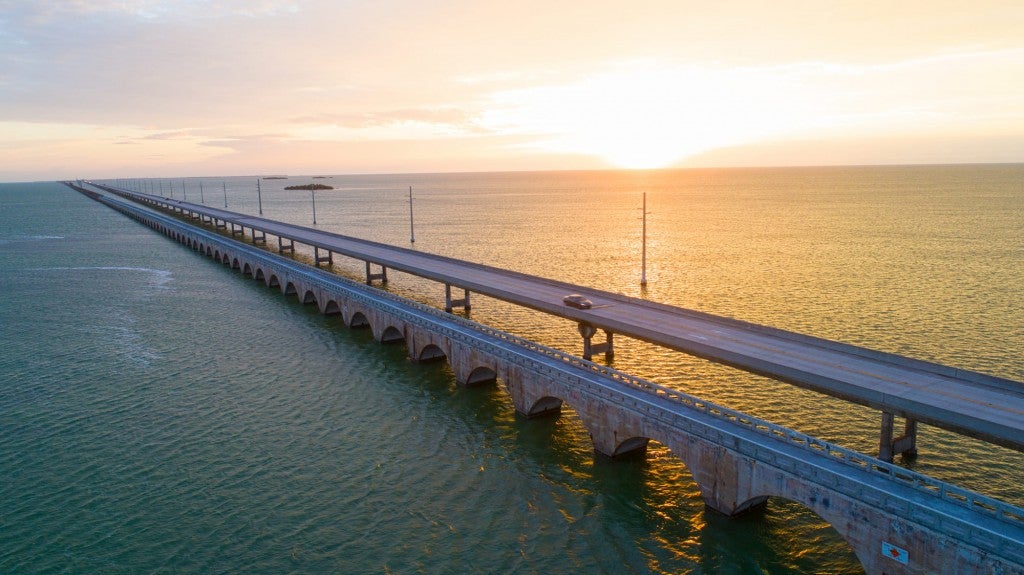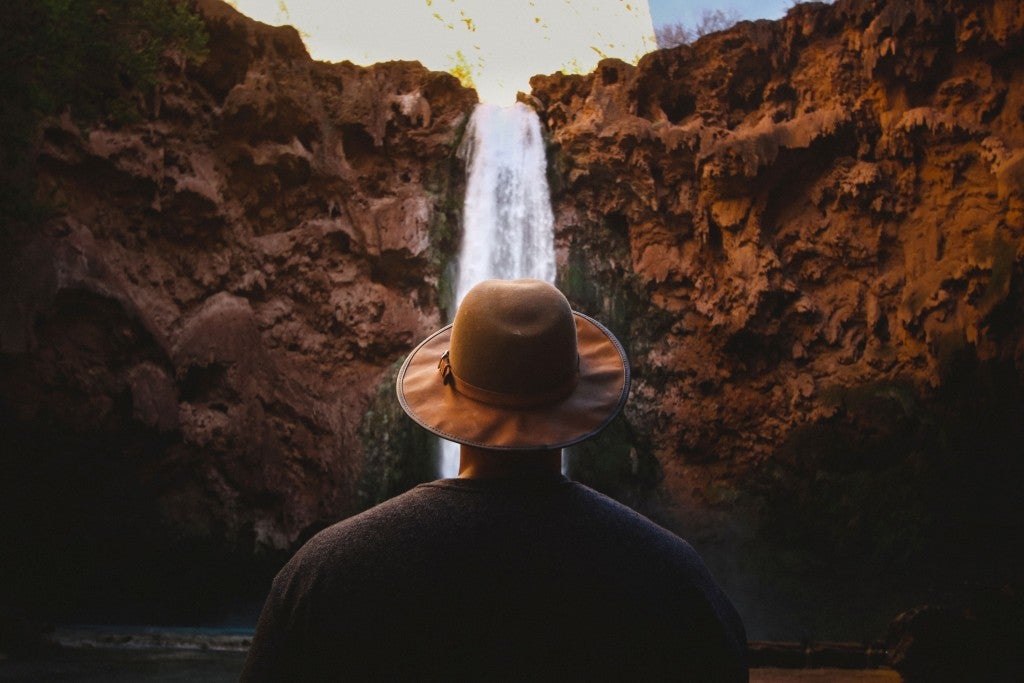This article is brought to you by Wild Zora, makers of delicious AIP snacks for people with a nightshade allergy. Their healthy, nourishing food is great on the go—especially for people with dietary restrictions.
With relatively warm winters, cool summers, and millions of acres of forests, rangelands, and mountains, there is truly something for everyone in the Gila National Forest.
Gila’s versatility made an impression on the Mogollon people 800 years ago when they decided to leave their nomadic lifestyle and call the caves of the Gila River home. They moved in, carved out rooms, and lived exclusively in these caves for 20 years. Ultimately, they did move on to other homesteads, but they left behind plenty of evidence of their two-decade habitation in the caves.
Today, this National Forest is a prime destination for those interested in natural history, wildlife, and outdoor activities on land and water. In total, the Gila National Forest encompasses 3.3 million acres of wild land; made up of mesas, rivers, deep canyons, and forest. Here are our tips and suggestions for how to get the most out of your stay in this enchanting National Forest.
Camping in Gila National Forest, An Enchanted Hidden Gem in New Mexico
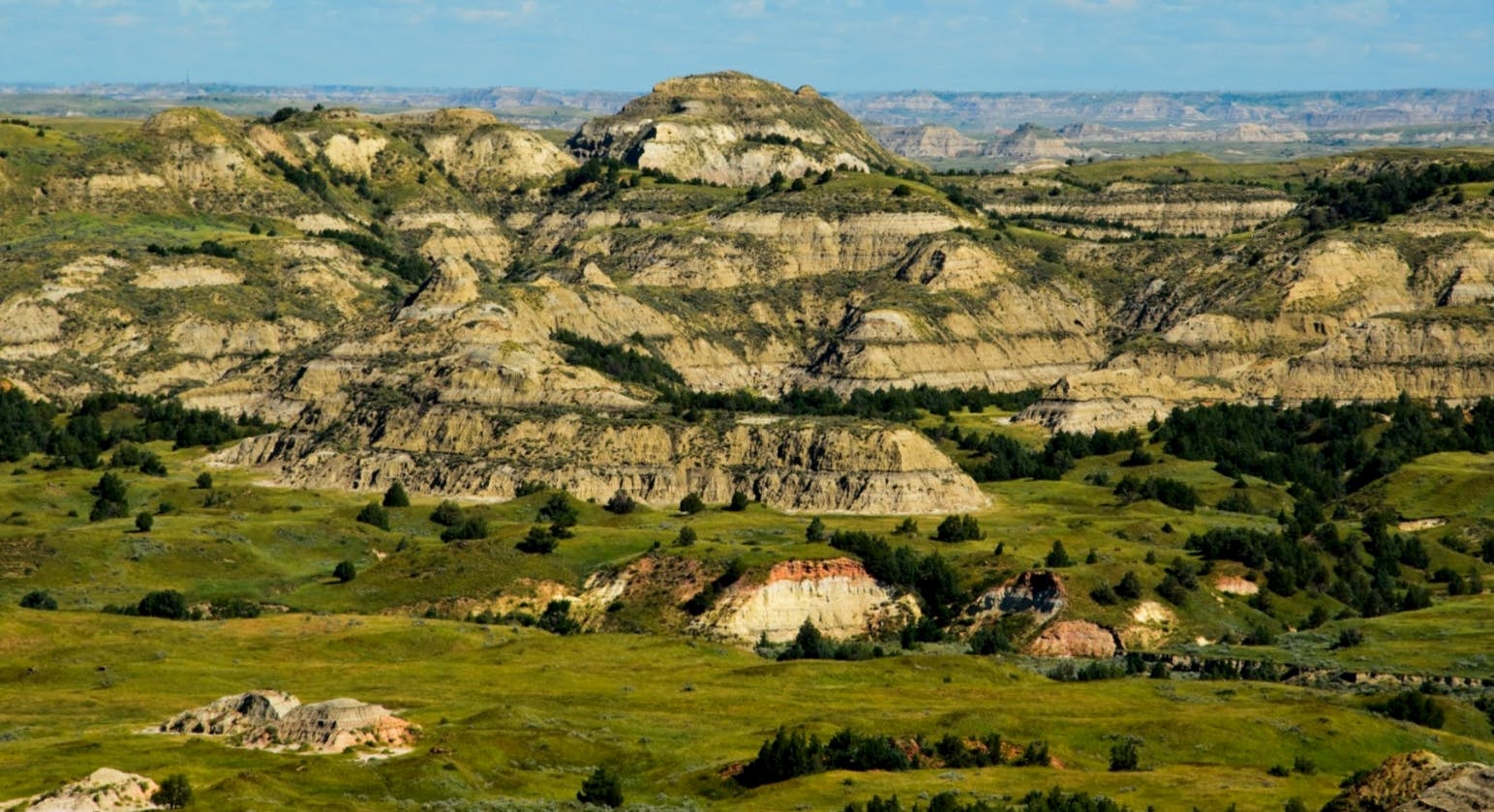
Image from The Dyrt camper Tonya T.
Getting to the Forest
Gila National Forest is in New Mexico, with the nearest city being Silver City. Although it may seem like an easy 44-mile jaunt, you should plan on the drive taking 1.5-2 hours due to the winding, mountainous roads.
Once you arrive at the park, if you plan on visiting the Gila River cliff dwellings, make sure to set aside enough time for the journey. The cliff caves are open to the public, but visiting them does require you to hike to the dwellings. So, give yourself plenty of time to hike to the caves, explore for a while, and then make the hike back.
At the end of the day, if camping is calling your name, you’ll be happy to learn that there are more than 40 campgrounds to choose from in Gila National Forest.
Staying in the Forest
Gila National Forest camping is as diverse as its terrain. You can choose between high and low elevation, and between lakeside or forested tent sites. Although most of the campgrounds in the National Forest are fairly primitive, with not much more than a toilet on-site, there are a few that offer electrical hook-ups for car or RV camping.
1. Grapevine Campground
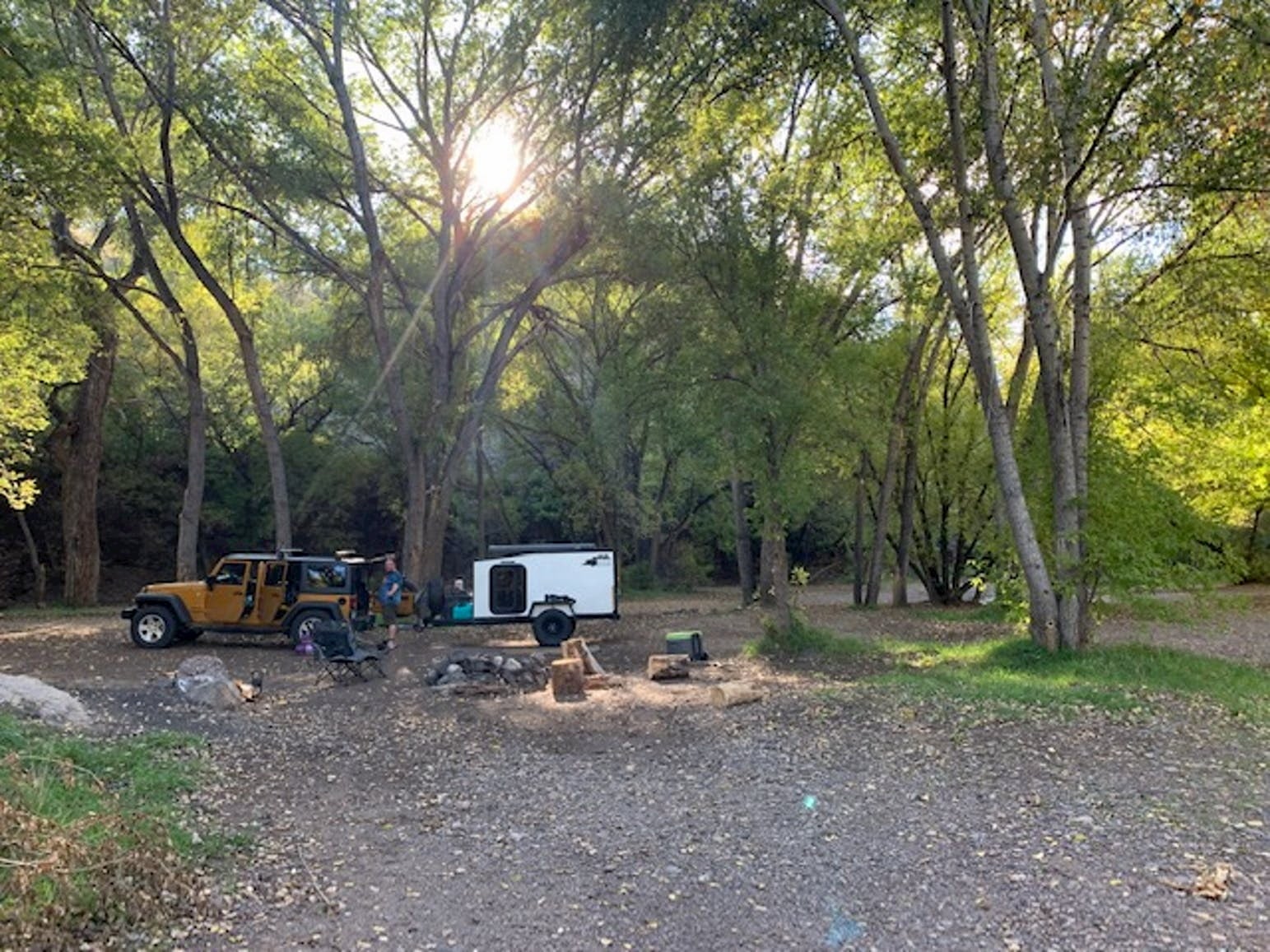
Image from The dyrt camper Lyndsey S.
The three forks of the Gila River come together at this campground, making it—according to Native Peoples—a promising place to set up camp. With beautiful cliffs serving as a backdrop, you can still see the grapevine that the campground was named after.
To get there, drive 40 miles north of Silver City. Then, between mile markers 37 and 38, look for the entrance to the campground on the east side of the highway.
There is no potable water offered at this campground, but you can fill up your tanks at the Gila Cliff Dwellings National Monument not far from there. The Grapevine Campground offers free camping at tent sites, RV sites with hook-ups, and dispersed camping sites. The campground is managed by the National Forest Service, which is why there is no cost for camping.
2. Cosmic Campground
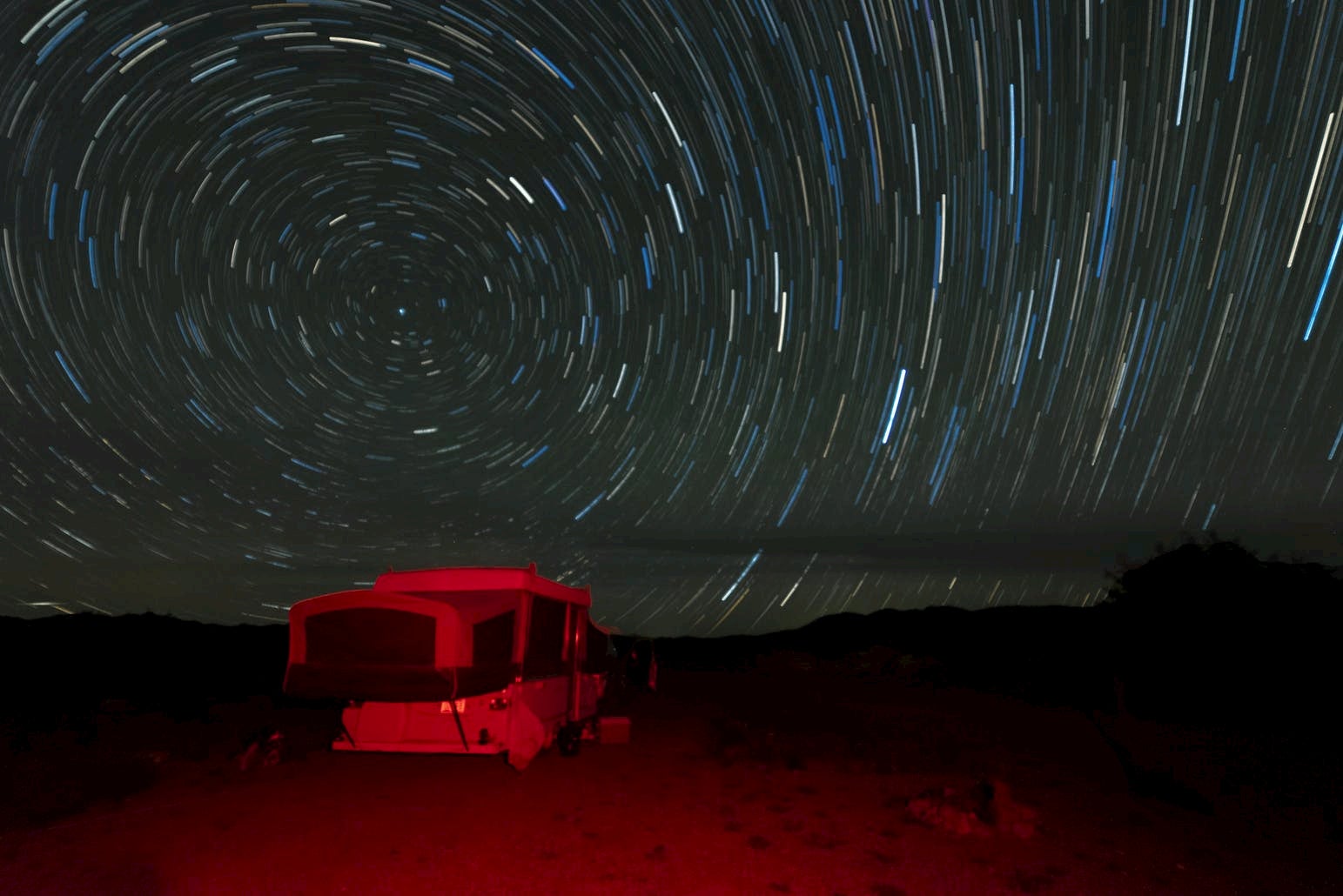
Image from The Dyrt camper Brian M.
The only Dark Sky Sanctuary protected by the National Forest Service, Cosmic Campground is your best bet to spot a meteor shower. Dark Sky sanctuaries are lands that have an exceptional view of the night sky with little-to-no light pollution. This campground is a prime example, with the only light pollution coming from across the state line in Arizona, 40 miles away.
To get to this campground, drive 8 miles north of Alma, New Mexico, and look for a brown Forest Service sign. The sign is located between mile markers 37 and 38, and sits directly across the road from the entrance of the campground.
This campground, like the last, doesn’t charge you any fees to stay overnight. But be warned, there is only 1 primitive toilet on-site, and just 5 designated drive-up campsites. That being said, there is additional dispersed camping available in the prairie beyond the tent sites.
If you would like to enjoy a fantastic view of the constellations during one of the National Forest’s signature star parties, there are some guidelines you have to follow. For example, remember these two rules whenever you’re using or approaching the observation pads:
- Arrive in the early evening so that approaching headlights won’t disrupt viewers’ night vision.
- Dim your flashlight or cellphone light with a red filter, as any exposure to white light can disturb your night vision for up to 30 minutes.
3. Juniper Campground
Juniper Campground sits on the bank of the 130-acre Quemado Lake. The campground is tucked into a stand of trees; made up of mainly pinon, cottonwood, and juniper trees. During your stay, you may even see some eagles or osprey soaring overhead. Plus, the heron nursery next door to the campground has a guarantee that visitors will spot these elegant, long-legged birds.
This campground has a dedicated loop for RV sites with electrical hook-ups. And, as an added bonus, many of the campsites have direct views of the lake, which teems with trout and muskie.
This campground lies 5 miles away from Route 85, and is the only camping spot in the Forest’s northern unit. To get there, turn left off of the highway, onto NW 103. Four miles later, down NW 103, you’ll run into the beginning of Forest Road 13. Take that road for 1 mile, then on your right, you’ll see the entrance of Juniper Campground.
There are 18 tent sites and 18 RV sites with hook-ups. All sites are on a first-come, first-served basis. The tent sites have a fire pit and a picnic table, and it costs $10 to stay there. There’s one double site that is $16 a night. The RV hook-up sites also have a fire pit and cost $15 per day. There’s an additional $5 charge to use the dumpsite at this campground.
4. Dispersed Camping
Dispersed camping is when you camp in a National Forest outside of the designated campgrounds—a free and ordained practice. For those who prefer dispersed camping, there’s nothing quite like waking up in your very own corner of the desert or forest.
In a National Forest, this generally means that you drive to one of the more primitive campgrounds or pull-off areas, and then range out from there to find a spot to call your own. If you’d like to find your spot before you leave the comforts of your home, identify an area of interest, and use Google Earth or a similar application to look for pull-offs areas on the shoulder of the road. You’re looking for a small clearing in the forest or an area near a rural road that looks as if it has been used for camping before.
Check with the local rangers to make sure you understand the rules and expectations of dispersed camping. To enjoy dispersed camping in the Gila National Forest, you have to practice Leave No Trace conventions, which means packing everything in and everything back out, leaving nothing behind except footprints.
Along with Leave No Trace policies, Forest Rangers also want visitors to avoid camping on vegetation, stay at least 900 feet from certain water sources, and be extremely careful with fire. If you plan on practicing dispersed camping in the off-season, double-check the conditions of the nearby roads with the ranger station, as some roads are off-limits in the winter.
Camping in New Mexico offers a wide range of attractions, from the Bottomless Lake to the Carlsbad Caverns. Gila National Forest, on its own, has over 40 campgrounds for you to choose from. So, whatever your expectations, Gila is sure to exceed them.
The wonderful thing about camping in New Mexico is that the Bureau of Land Management maintains most of the public land use. So, most of it is open to the public for camping at little or no cost. If you plan on doing backcountry camping, grab a free permit from a visitor center.
Hiking in Gila National Forest
The Gila has an abundance of trails suitable for all levels of hikers. You can choose a forested trail through shadowy trees or a challenging climb up a rock face to the headwaters of the Gila River.
With so many miles of trails and little-to-no cellphone service, you must follow the Forest Service’s guidelines while hiking: Stay away from cliff edges, walk with a companion, and don’t drink untreated water.
Wildlife in the Forest
Wildlife in New Mexico is acclimated to dry, challenging environments. Some of the animals and birds you may see on your trip to Gila National Forest include black bear, bighorn sheep, antelope, deer, turkeys, and a lot of red-tailed hawks overhead.
The National Forest covers four of the six life zones, the subdivisions that describe the climatic classification of specific areas. The altitude ranges from 4,200 feet to 10,900 feet, and the type of terrain goes from high desert to forested canyon. Gila National Forest truly has something for everyone. From incredible views of the cosmos to ancient dwelling sites—daytime recreation at this National Forest is expansive and thrilling.
This article was brought to you by Wild Zora.

Popular Articles:
Articles on The Dyrt Magazine may contain links to affiliate websites. The Dyrt receives an affiliate commission for any purchases made by using such links at no additional cost to you the consumer.

